"I believe it scares them when the crowd turns against them," stated Dave Eubank, a former Special Forces soldier from the United States who started the Free Burma Rangers, a nonprofit that has helped both civilians and fighters in Myanmar since the 1990s.
"They know that hospitals, churches, schools, and monasteries are important places for human care, gathering, and symbols—aand they hammer them," Eubank said. "That's new."
With help from Russia and China, military troops are hanging on tenaciously to most of central Myanmar, including the capital Naypyidaw, which was recently attacked by drone attacks, and the largest city, Yangon. Although they are now in control of less than half the nation, they are significantly better armed than the opposition forces.
As of February 2021, "people have been saying that the regime was on the brink of collapse since two weeks after the coup," stated Morgan Michaels, an analyst with the International Institute of Strategic Studies, which oversees the organization's Myanmar Conflict Map initiative.
Since the offensive began in October, approximately 1 million people have been forced to flee their homes due to the fighting's expansion into more populated areas. This adds to the nation's total of over 3 million internally displaced people, or roughly 56 million, according to the U.N. humanitarian aid agency.
18.6 million people, including 6 million children, are in need due to the breakdown of the country's health care system and diminishing food supplies, an increase of 1 million over the previous year, according to the agency.
Since the army overthrew Aung San Suu Kyi's elected administration in February 2021, opposition in Myanmar, also known as Burma, has been building. However, in October, a coordinated onslaught by key militias known as the Three Brotherhood Alliance gave the opposition a boost.
Three of the most potent militias founded by ethnic minorities in Myanmar, the Arakan Army, the Myanmar National Democratic Alliance Army, and the Ta'ang National Liberation Army, moved quickly together.
Other ethnic armed groups saw momentum and joined the conflict as they conquered vast swathes of terrain, mostly in the north and northeast, including strategically significant border crossings with China and many significant military sites.
The People's Defence Forces, armed resistance organisations that back the National Unity Government, which sees itself as the legitimate government of Myanmar, have been growing in strength and conducting their own attacks at the same time. They frequently get backing and training from the ethnic armed militias.
Both parties assert that they have suffered significant losses. Furthermore, the military regime led by Senior General Min Aung Hlaing has admitted to being under strain and has responded by bringing back conscription to bolster its numbers.
Some young individuals have joined the resistance as a result of this. To avoid conflict, a large number of others have moved to neighbouring nations or rural regions.
China worked with the Three Brotherhood Alliance to mediate a cease-fire in northern Myanmar in January despite the fighting across its borders. While the PDFs and other ethnic armed groups continue their own attacks abroad, the alliance's Arakan Army is still fighting and has made great progress in its native state of Rakhine in the west.
The main ethnic Karen fighting force, the Karen National Liberation Army, declared in early April that it had taken control of all the military bases in Myawaddy, the main town on the Thai border in Kayin state, also known as Karen state. This has resulted in some of the fiercest fighting in recent weeks in the southeast.
With the help of the Border Guard Force, a rival Karen organisation that had been in command of border region security for years and conducted profitable business by providing protection to nearby casino resorts with ties to organised crime, one army unit managed to hold onto a position next to one of Myawaddy's two bridges.
The fact that the force, which proclaimed itself neutral in January, is still in charge of the town and has military government administrators in place shows how some militia organisations still put their own interests ahead of others.
"This is not a case of black and white. With regard to the violence in the region, Michaels stated, "This is not the regime regaining and consolidating control." "This is the regime hanging on, keeping a foothold by the razor's edge."
In the meantime, the People's Defence Forces and KNLA had been driven from Kawkareik, a strategically significant town situated along the route that links Myawaddy with the rest of the nation, by the military.
Thousands of residents have left Kawkareik and Myawaddy. Many citizens, however, have not been able to flee.
A monitoring group that monitors political arrests, attacks, and casualties is the Assistance Association for Political Prisoners, which reports that from November 1 to May 1, at least 1,015 civilian deaths have been recorded. It claims that in the three years after the military seized control, 4,962 people had died in total.
The military's growing use of scorched-earth tactics and its advance into more populous regions, according to the watchdog, were to responsible for the killings.
"The military has increasingly lost areas of control in recent months, which has only increased their use of this strategy, responding with airstrikes, shelling, and so on in civilian areas," according to an email sent by the AAPP.
The group went on to say that although it is impossible to record the statistics because of the conflict's escalation, the number of civilian casualties in the last few months of combat is probably twice what it recorded, if not more.
Although he could not provide specifics, Kyaw Zaw, a spokesman for the shadow National Unity Government, stated that the military had damaged 343 hospitals and clinics since assuming control and that the attacks had increased during the past two months.
The Tatmadaw, the military, are notorious for battling with "sped and force and a viciousness that we've never seen," according to Eubank of the Free Burma Rangers, who along with his troops working close to the front lines have seen.
However, he added, the opposition is becoming more united in its struggle against a shared foe.
"The Burma army is still stronger than any of these resistance groups, and if they want to bring a division or two to bear, they will win the battle, but they're not stronger than everybody else together," he stated.
It remains to be seen if this unity will hold if the regime collapses and whether the various opposition groups can reach a consensus on a shared future course for Myanmar, according to Michaels.
"On one hand, Myanmar is not Syria; there is a common cause in fighting the regime," Michaels stated. "But at the same time, as the regime has receded from some areas, there are at least indicators of potential future conflicts between groups."
He brought up an event that occurred in northern Shan state last month involving gunfire between forces from the Ta'ang National Liberation Army and the Myanmar National Democratic Alliance Army, two of the Three Brotherhood Alliance's members, over a territory dispute. There was one injured individual.
Although the parties swiftly came to an agreement to disband, Michaels said the episode shows that there is indeed territorial friction.
Speaking under condition of anonymity for his own safety, one opposition lawmaker who is still in the country stated that although all of Myanmar's groups continue to pursue their own agendas, the country's citizens share a desire for peace and stability.
"It is difficult to forecast the future, and they still lack a clear political agenda or direction. I believe there is a significant issue here," he remarked.
END/V7N/CHM/SMA/DK/



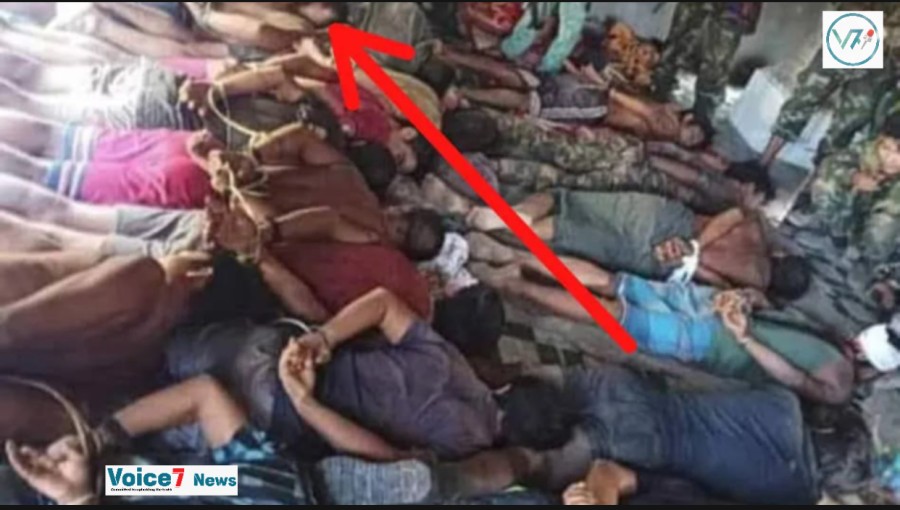

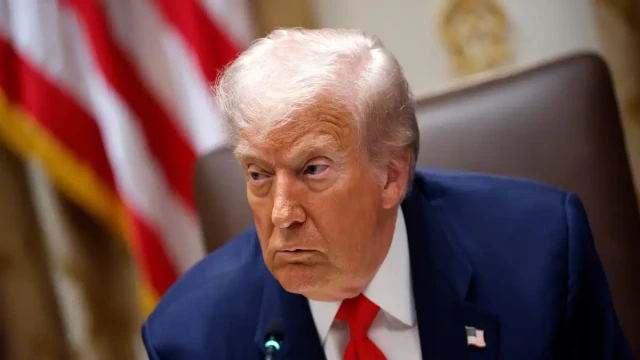

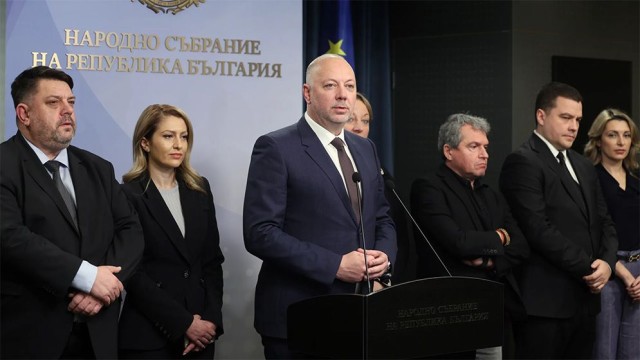
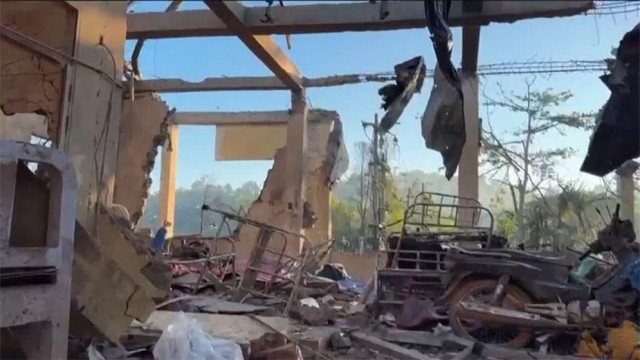
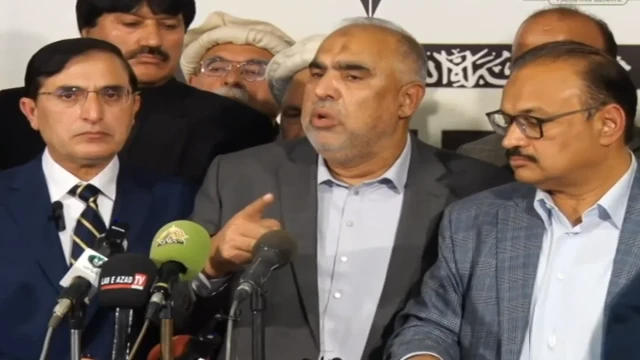

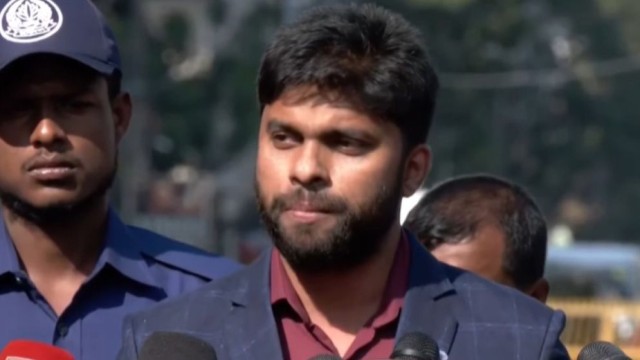

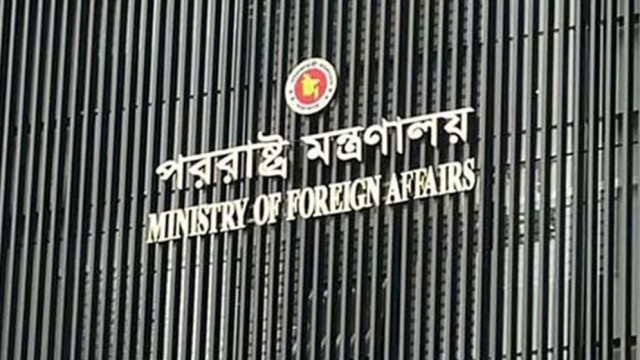
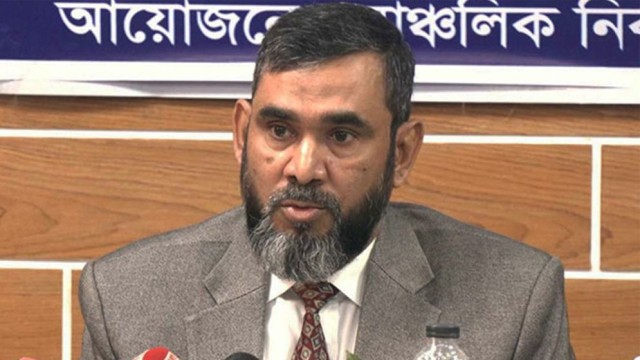
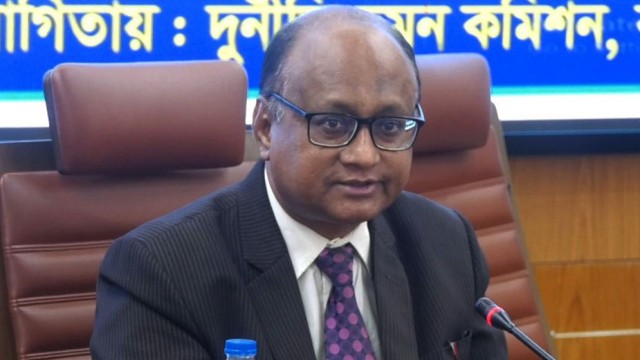
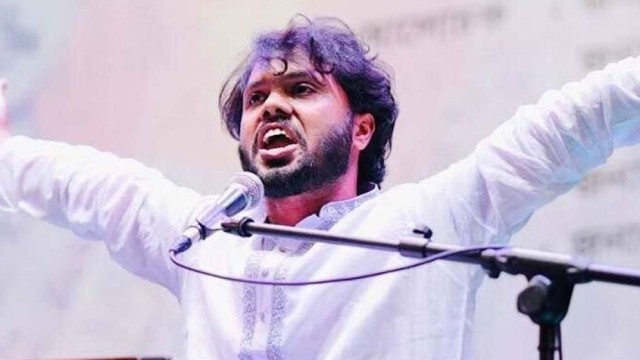
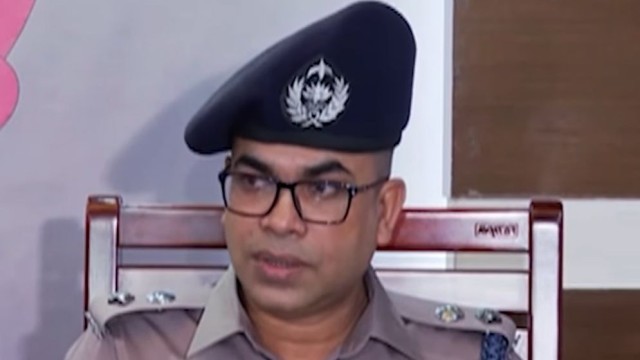

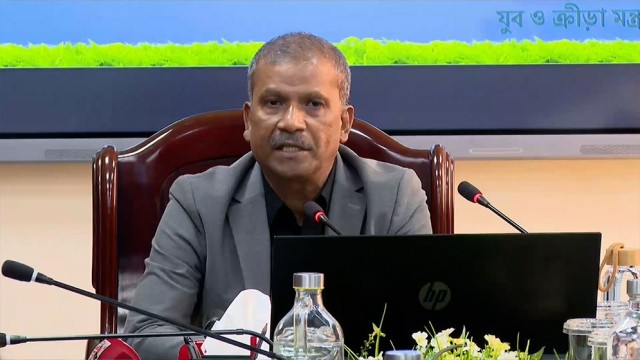

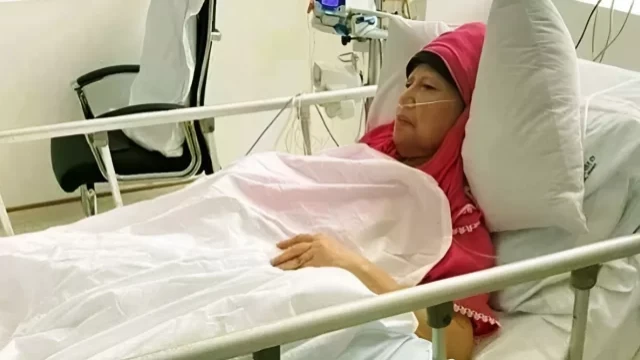
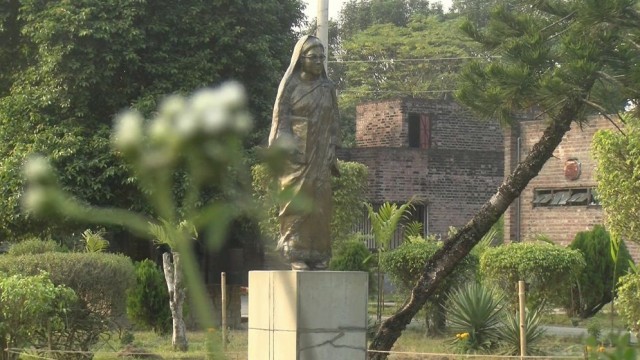

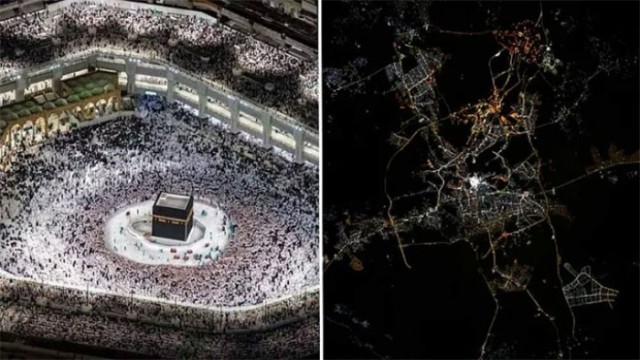
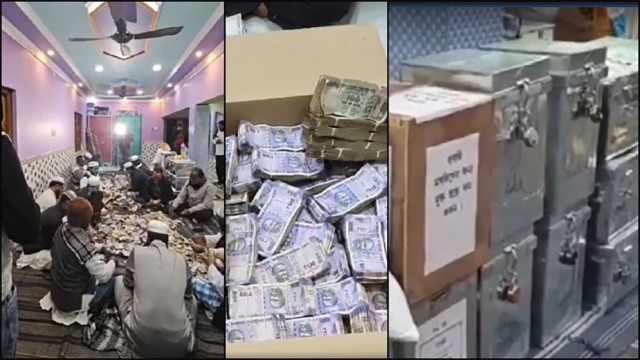


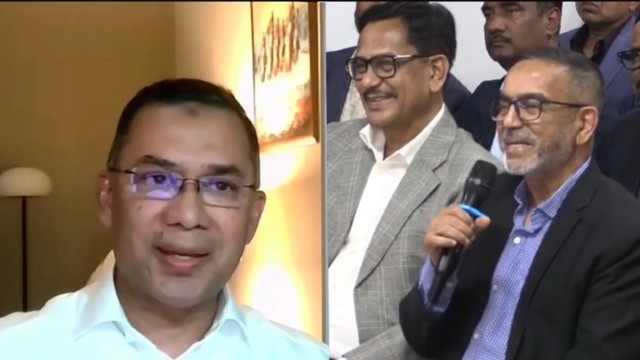

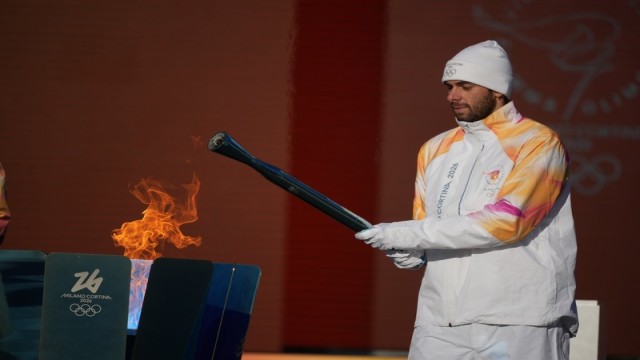
Comment: